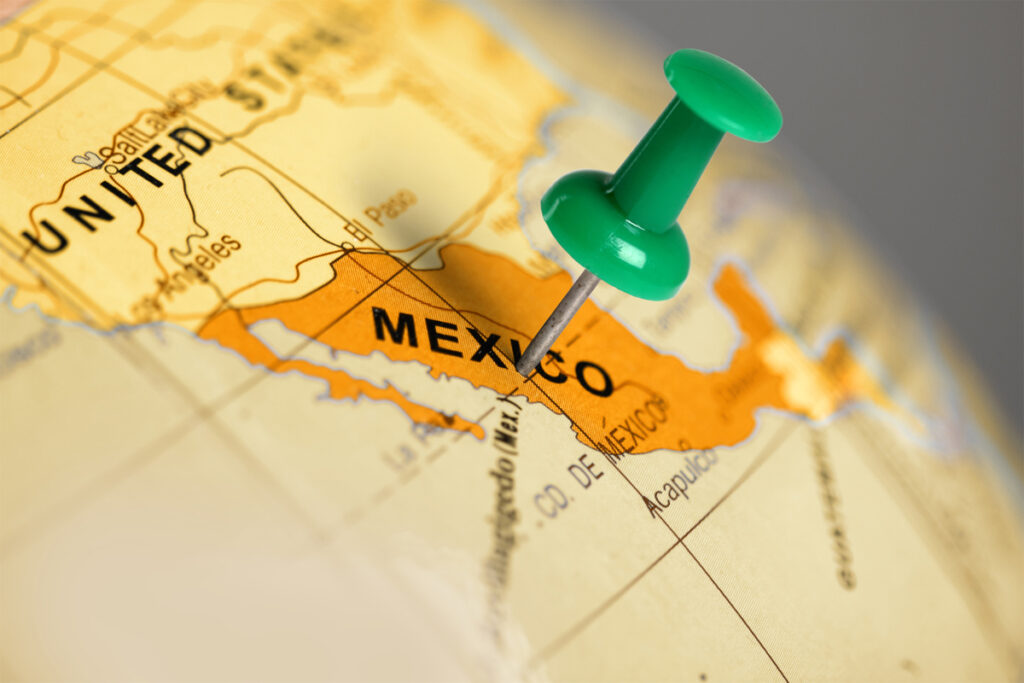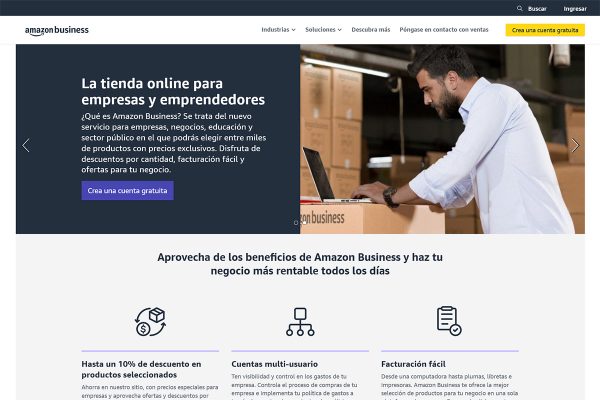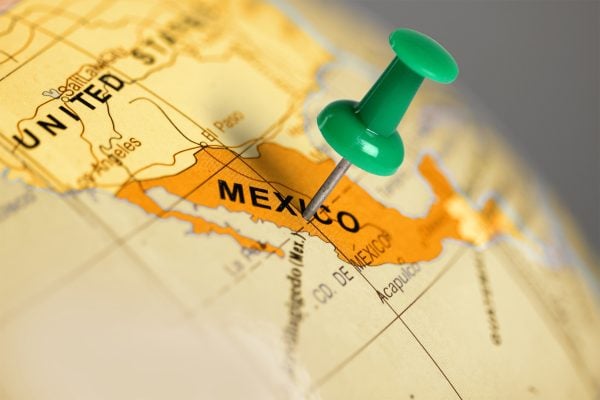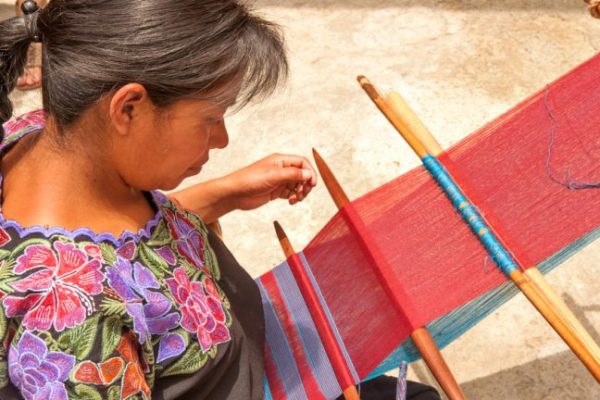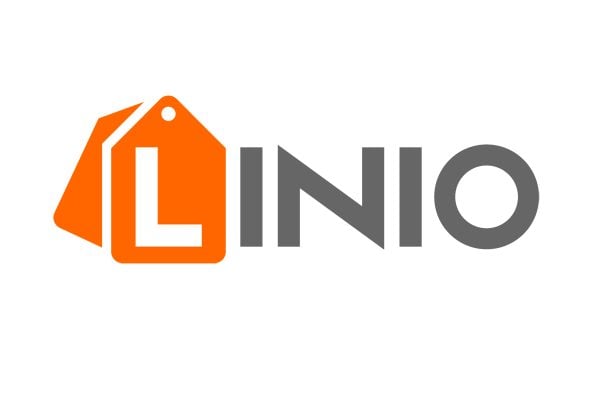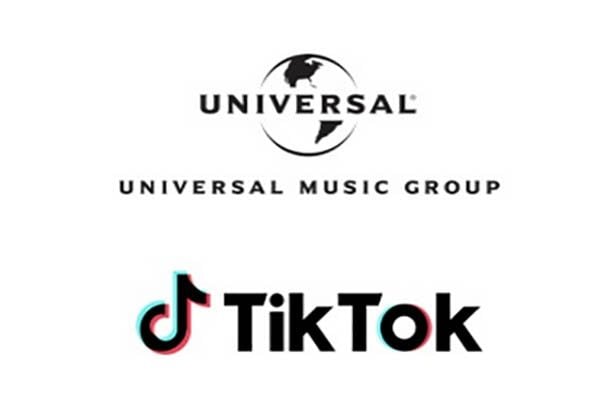If online merchants want to get a share of the Latin American action, then it looks like Mexico is the most obvious choice. It is by far the biggest ecommerce market in Latin America, with one recent report noting a US$21 billion annual online spend expected in 2018. The key reasons are population growth and advancing internet penetration.
US$21 billion is a significant proportion of the US$71.2 billion annual total for the region. Brazil doesn’t lag far behind with with US$18.86. Argentina, Colombia, Chile and Peru will see US$6.83, US$4.93, US$3.7 and US$3 billion respectively before year end.
We’ve seen a stack of developments lately that point to a rosy future for online retail in Mexico. The new trade deal between the USA and its southern neighbour will likely lead to more online trade. Amazon (the biggest online retailer in the country) has made advances and, in particular, will be offering groceries in the country soon and has made Alexa available.
More recently, Walmart acquired the crowdsourced grocery delivery firm Cornershop that operates there in a multi-million dollar deal. MercadoLibre (or Livre in Brazil) opened two new fulfilment centres this year adding a total of 1.4 million square feet of warehouse space. But the mighty Alibaba has struggled a little in Mexico and reportedly hasn’t been able to attract the merchants it needs to make good on a deal it struck with the Mexican government to encourage bilateral trade with China.
Probably the easiest way for merchants to get a share of the burgeoning Mexican market is through Amazon. If you are operating and registered as a merchant on Amazon in the US, you can use it on Mexico too. And if you’re on US FBA then the two countries are closely linked there too.
But, in terms of other marketplaces, you will likely want to get more familiar with MercadoLibre . Amazon may win in Mexico, but in the region they storm ahead with 56.3 million unique visitors in May 2018 alone, Amazon enjoyed an audience of 22.4 million in the same period.
